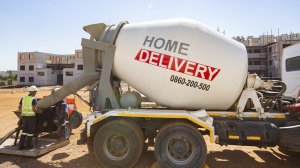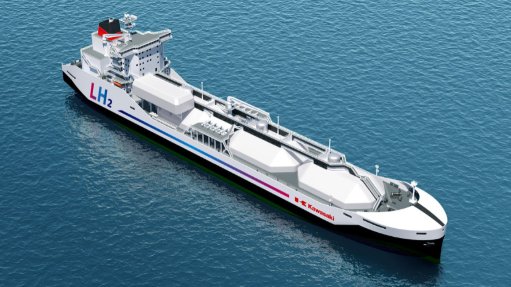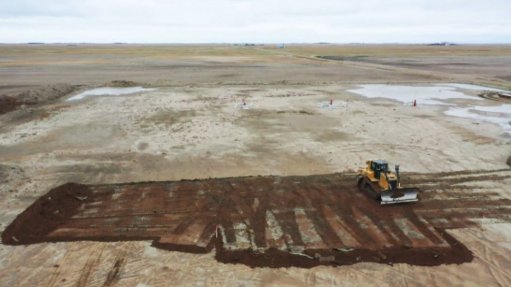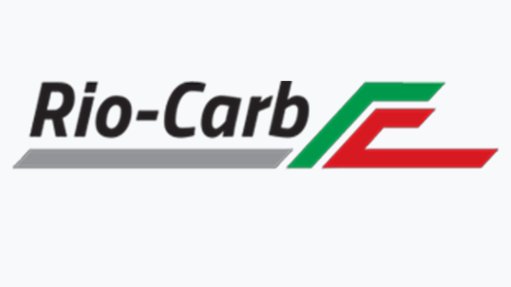Readymix quality key to construction success

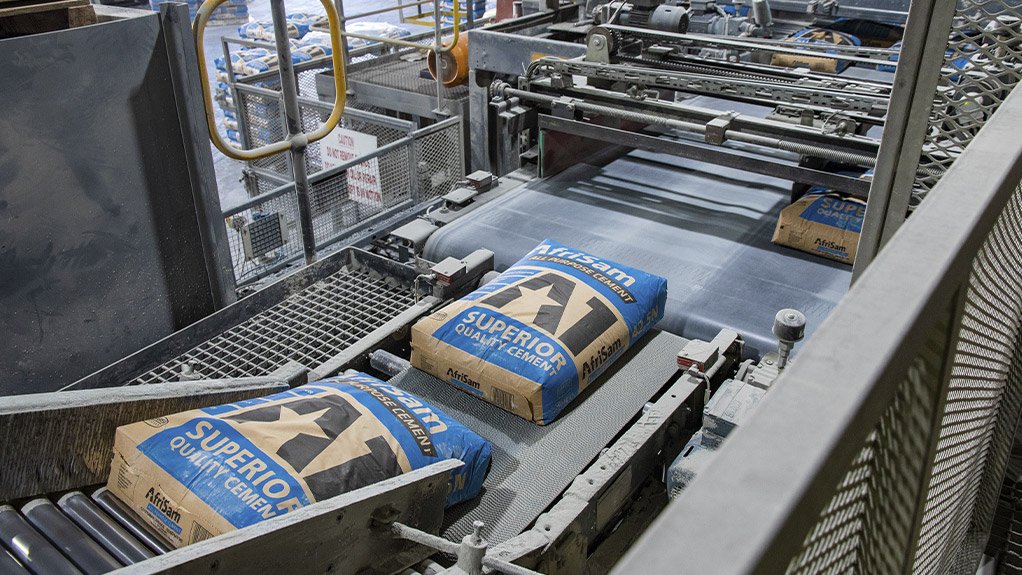

The end-quality of concrete is largely influenced by the input materials including cement, aggregate, sand, water and admixtures
While much of Africa still relies on site-batching for construction work, the local industry has increasingly used readymix – recognising the value in its consistency and performance
This article has been supplied.
It is no surprise that cost cutting is the order of the day in the construction sector, but this should not prevent contractors from ensuring that their readymix concrete is up to scratch.
“The manufacture and supply of readymix needs to meet not just customer expectations, but also a range of regulated standards,” says Amit Dawneerangen, construction materials general manager for sales and product technical at AfriSam. “Our experience at AfriSam – where we are regularly asked to step in where a supplier has failed to meet obligations – suggests that it is time to go back to basics.”
The basics in the readymix sector, says Dawneerangen, involves an intricate balance of meeting South African National Standards (SANS), while delivering product at a competitive cost. These SANS requirements cover the manufacture of readymix, and the properties of the input materials. Complying with these standards implies that readymix providers have the necessary systems in place and equipment installed for accurate monitoring of concrete performance.
He notes that South Africa has, over the past two decades, moved away from on-site batching towards greater use of readymix which can be produced at larger, centralised plants under highly controlled conditions. This gives contractors better assurance of quality levels, and allows the evolution of specialised and complex concrete mixes for challenging applications.
“The sophisticated technology used by many South African readymix producers underpins their compliance with the necessary standards,” he says. “For instance, there needs to be accurate weighing equipment in the batching plant, and systems to alert management if tolerances are breeched.”
This equipment must be calibrated regularly – internally and externally – to ensure accuracy. The standard SANS 878 specifies the tolerances within which the manufacturing and application of readymix must take place. For cement itself, there is SANS 50197 which applies, while standards for aggregate and sand are governed by SANS 1083.
Dawneerangen points to the growing number of ‘independent’ readymix companies who are not formally linked to the producers of construction materials like cement and aggregate. The difficult conditions which have prevailed recently in the construction sector has made it difficult for many to sustain themselves and cost cutting is affecting product quality.
He emphasises that contractors need to carefully examine the quality systems in place at any prospective readymix provider before finalising procurement contracts. Without the assurance that these systems are being effectively applied, a contractor can expose their projects – and their business as a whole – to a range of serious risks.
Hashtags
#constructionmaterials
#CreatingConcretePossibilities
#afrisam
Contact information
On behalf of AfriSam
Facebook : @AfriSamSA
Twitter : @AfriSam
LinkedIn : AfriSam
From Coralynne & Associates
Twitter : @Coralynne_Assoc
LinkedIn : Coral-Lynn Fraser-Campbell
Article Enquiry
Email Article
Save Article
Feedback
To advertise email advertising@creamermedia.co.za or click here
Comments
Press Office
Announcements
What's On
Subscribe to improve your user experience...
Option 1 (equivalent of R125 a month):
Receive a weekly copy of Creamer Media's Engineering News & Mining Weekly magazine
(print copy for those in South Africa and e-magazine for those outside of South Africa)
Receive daily email newsletters
Access to full search results
Access archive of magazine back copies
Access to Projects in Progress
Access to ONE Research Report of your choice in PDF format
Option 2 (equivalent of R375 a month):
All benefits from Option 1
PLUS
Access to Creamer Media's Research Channel Africa for ALL Research Reports, in PDF format, on various industrial and mining sectors
including Electricity; Water; Energy Transition; Hydrogen; Roads, Rail and Ports; Coal; Gold; Platinum; Battery Metals; etc.
Already a subscriber?
Forgotten your password?
Receive weekly copy of Creamer Media's Engineering News & Mining Weekly magazine (print copy for those in South Africa and e-magazine for those outside of South Africa)
➕
Recieve daily email newsletters
➕
Access to full search results
➕
Access archive of magazine back copies
➕
Access to Projects in Progress
➕
Access to ONE Research Report of your choice in PDF format
RESEARCH CHANNEL AFRICA
R4500 (equivalent of R375 a month)
SUBSCRIBEAll benefits from Option 1
➕
Access to Creamer Media's Research Channel Africa for ALL Research Reports on various industrial and mining sectors, in PDF format, including on:
Electricity
➕
Water
➕
Energy Transition
➕
Hydrogen
➕
Roads, Rail and Ports
➕
Coal
➕
Gold
➕
Platinum
➕
Battery Metals
➕
etc.
Receive all benefits from Option 1 or Option 2 delivered to numerous people at your company
➕
Multiple User names and Passwords for simultaneous log-ins
➕
Intranet integration access to all in your organisation



